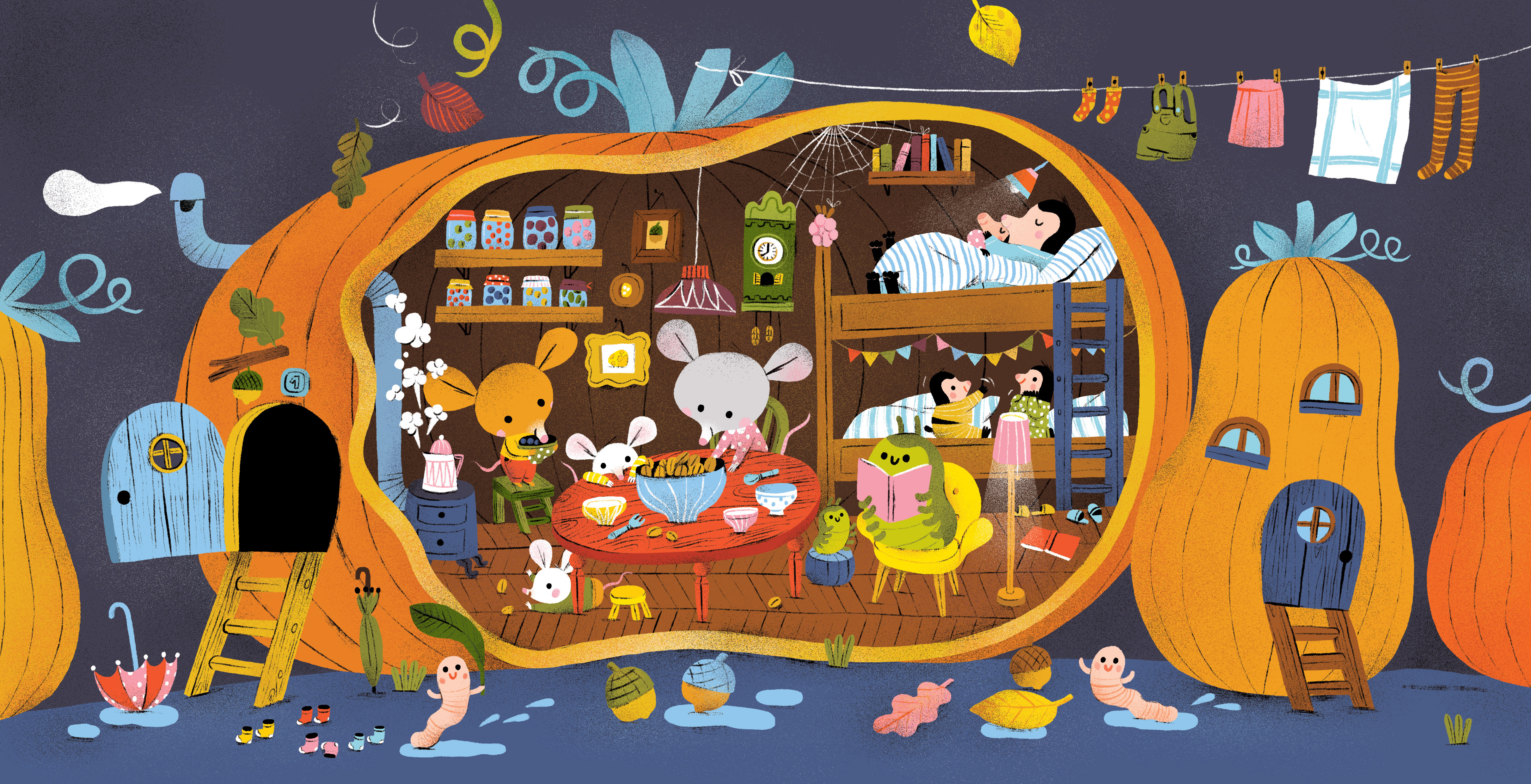And now the Grand Finale of this section of the class: The Dummy Book Movie! For information regarding the images included on the first and last two pages, see below. The page that features the hexagonal grid of randomized black, grey, and white tiles represents the part of the podcast where the team has determined that the noises heard in the message is some sort of alien choir. The image of the hexagonal grid next to it, featuring only white tiles, represents the shocked moment when it is realized the message is killing people. The following image of the cluster of grey hexagons represents the moment when the team learns that everyone who is sick starts to say the exact same things before they die. The image of the multicolored hexagons represents the teams' plan to use this knowledge to decode the message at long last.

At long last, the final project of this section of the class: 'The Dummy Book'. The goal of the books was to communicate more of our thoughts regarding 'The Message' podcast. Here is a picture of the last two pages of my book. These images were supposed to represent the moment when the investigative team finally figured out what the 'alien message' said in English and what its actual meaning was.

At long last, the final project of this section of the class: 'The Dummy Book'. The goal of the books was to communicate more of our thoughts regarding 'The Message' podcast. Here is a picture of the first two pages of my book. These images were supposed to represent how random the 'alien message' featured in the podcast originally sounded before the team began their preliminary investigations and picking out patterns.

For the sake of comparison, our professor asked us to take pictures of our printed works and post them here. Not as impressive as the original computerized image, no?

For this project, we were asked to create two images based on 'The Message' podcast comprised of textures we scanned into the computer. The second one I made, the one on top...I admit, it was cobbled together at the last minute, and yet between the two images I think it turned out better. Well, 'beauty is in the eye of the beholder' and all that jazz, so I'll let those who view the composition decide which image they think turned out the best.

For this project, we were asked to come up with a pattern using hexagons to communicate the idea of contagion to demonstrate the spread of the alien disease in "The Message" podcast. For my pattern, the white hexagons with the white boarders represent people who haven't heard the message yet and are not infected with the disease. The white hexagons with black boarders indicate those who have heard the message and have not yet fallen ill. The grey hexagons with the white boarders indicate people who are manifesting symptoms of the disease despite not hearing the message. The grey hexagons with the black boarders indicate people who have heard the message and are now manifesting symptoms of the disease. The black hexagons with the white boarders indicate those who are now bedridden, while the black hexagons with the black boarders indicate those who are bedridden, manifesting delirium, and are about to die. I gave the entire pattern a bit of an angle to make the piece a little more interesting.

For this project, our professor asked us to take some 'demo codes'--that she already created--and modify them as we wished, taking inspiration from a podcast she has us listening to for the class. My inspiration came from the beginning part of the 6th episode, when listeners can hear a hodge podge of news anchors reporting on the horrific illness caused by 'the message' featured in the podcast's story. I did my best to make the loops look like eyes of different emotions: anger, sadness, exhaustion, disbelief, horror, and panic, to name a few. The green loops are meant to be the irises, and the red loops are meant to represent the eyelids. I think I successfully captured the moods featured in the podcast.

My first real work with code! You can't see it as effectively because this is a single screen shot, but I coded the shapes to change color whenever I moved my mouse across the image. Obviously, you can read that I did that in the code, but it's not the same as seeing the actual thing, you know what I mean?


